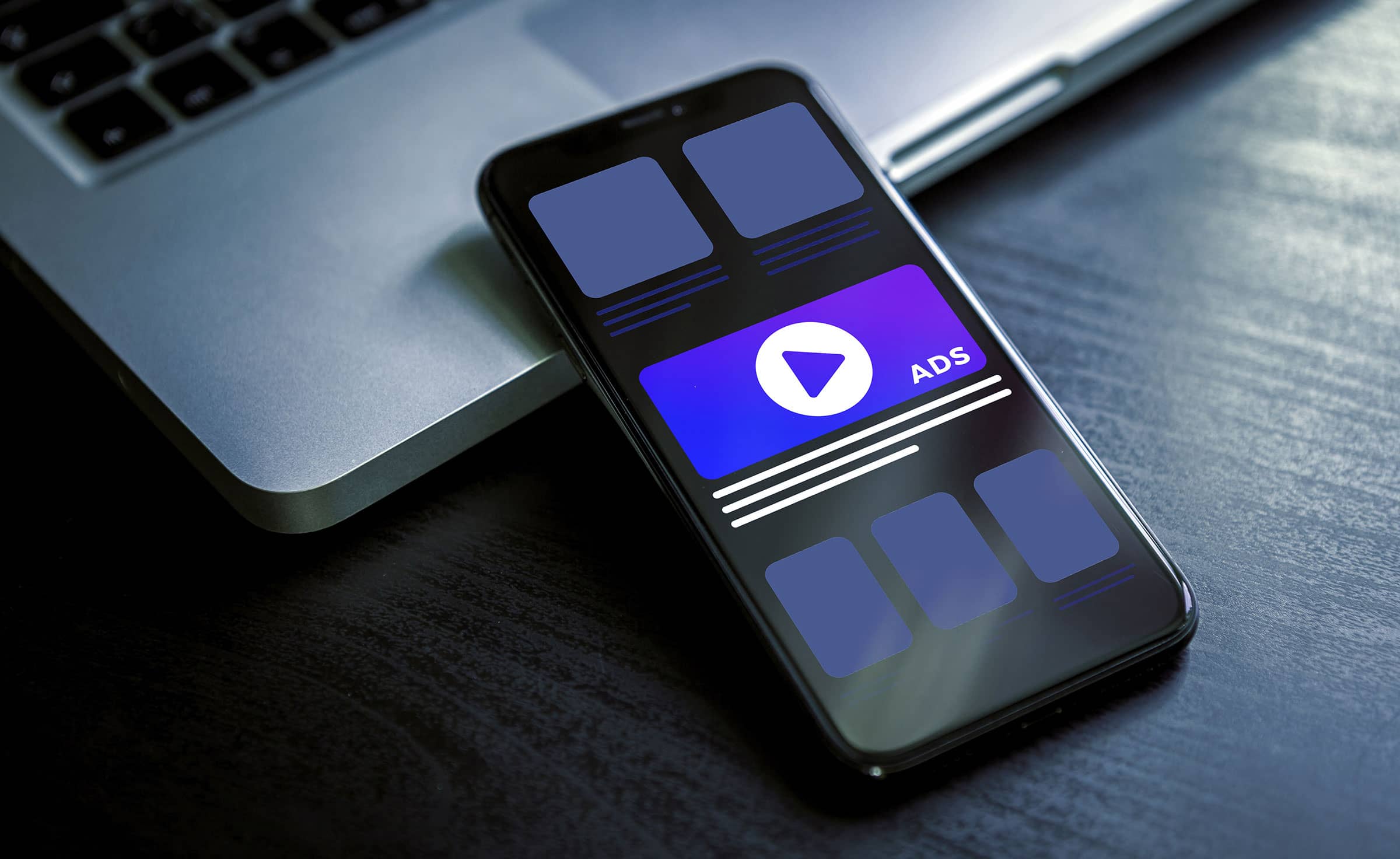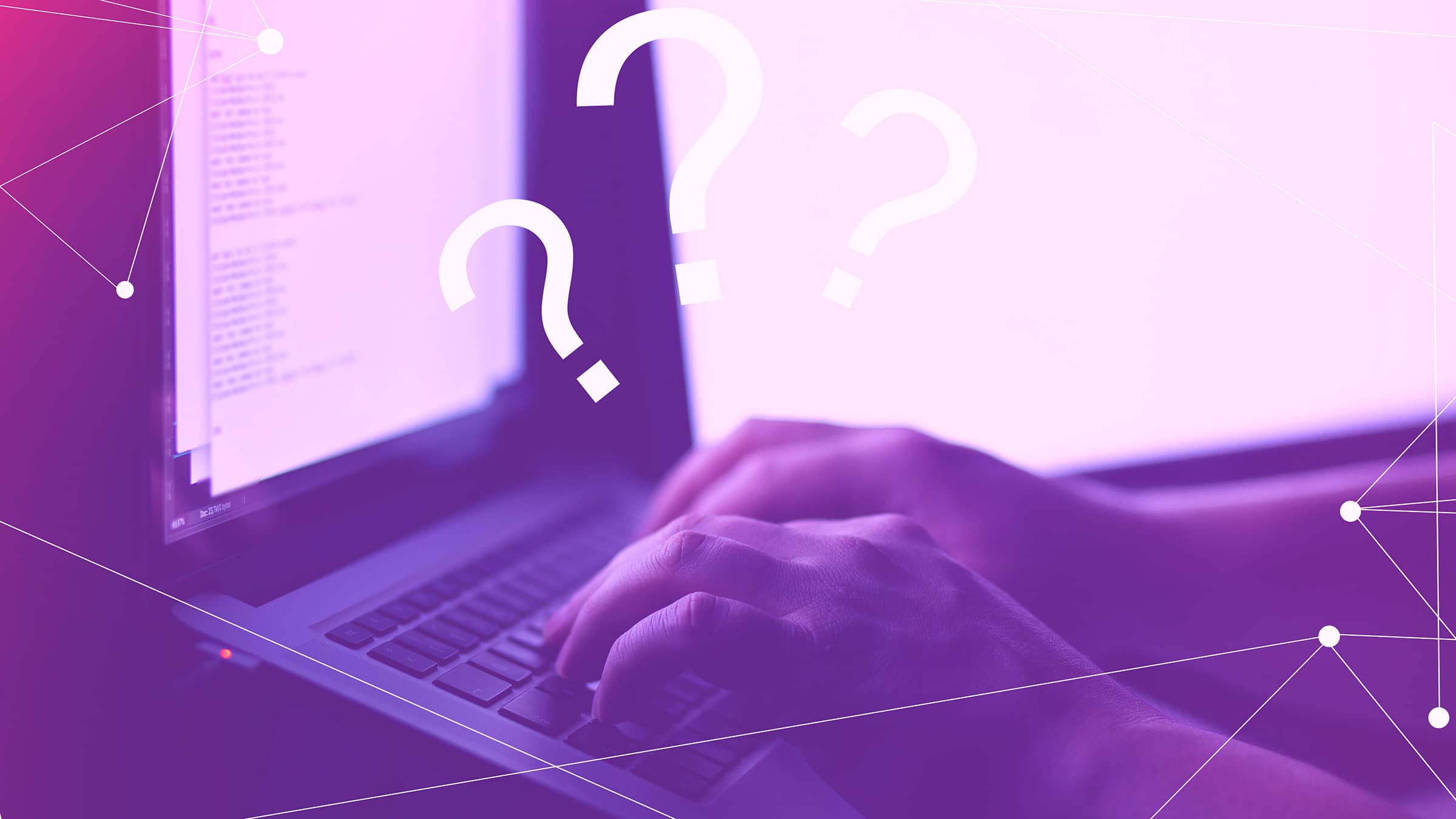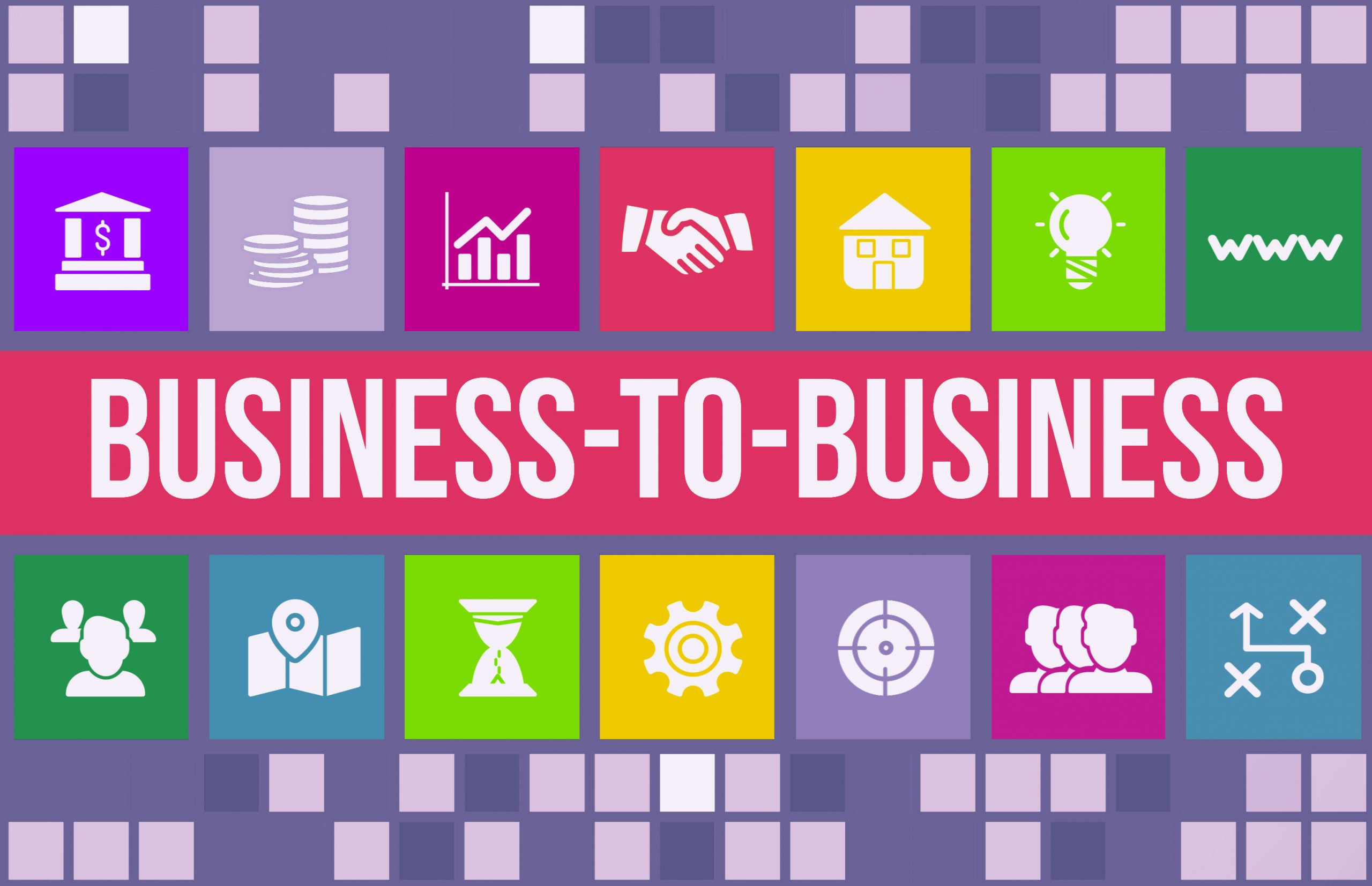
Understanding Push Traffic to Improve Your Online Presence
Push Traffic is fast becoming the latest trend in digital marketing. It’s a form of direct communication that enables businesses to send messages directly to consumers without relying on organic search traffic. As an effective way for companies to build relationships with their target audiences, push technology opens up a whole new range of opportunities for marketers.
In this article, we’ll provide an overview of what push traffic is and how it can be used as part of your overall digital marketing strategy. We’ll also look at some tips and strategies you can use to ensure your success when using push traffic. Finally, we’ll discuss why integrating push into your existing campaigns could help maximize engagement and conversions amongst your users.
So if you’re wondering what all the fuss over push traffic is about and whether it could benefit your business or brand, keep reading – because by the end of this post you’ll have gained a much better understanding of exactly what it is and just how powerful it can be!
Push Traffic Defined
Push traffic is a way for businesses to reach their audience using push notifications. It’s an effective tool for increasing website visits, app downloads, and user engagement with content.
Think of it as a bell ringing in the middle of your living room. When you hear that sound, you know something important has happened – perhaps someone needs help or dinner is ready. Push traffic works similarly; when users receive a notification, they know that what follows could be valuable enough to take action on.
Setting up push traffic involves creating targeted messages and delivering them to specific audiences at the right time. This type of marketing can get more customers to visit websites, purchase products, or engage with content by sending personalized notifications directly to their devices. With precise targeting capabilities, businesses are able to make sure their message reaches the correct people and drives conversions from their digital channels.
Types Of Push Traffic
Push traffic is a form of digital marketing that uses tools like push notifications, contextual ads, media buying, and native ads to drive visitors to websites or apps. It has become an integral part of many businesses’ strategies as it allows them to reach their target audiences quickly and efficiently.
There are several different types of push traffic available for marketers to utilize. Push notifications allow companies to send timely messages directly to users’ phones, providing valuable information about products or services. Contextual ads use the user’s location and browsing history in order to deliver relevant content. Media buys involve purchasing ad space on sites that have high levels of engagement with your target audience, while native advertising combines traditional media placements with sponsored content in order to provide more value than regular ads do.
In summary, there are various forms of push traffic available that can be used by businesses when they’re looking to increase their online presence and attract more customers. Each type offers its own advantages and should be carefully considered before implementing any strategy.
Benefits & Advantages
Coincidentally, push traffic can offer many benefits and advantages to businesses. Push notifications are a powerful tool for real-time engagement with customers and users that extends beyond traditional marketing tactics. With the help of this technology, businesses can increase their visibility by reaching both existing and potential customers more quickly than ever before. Furthermore, it also helps to improve the user experience as they receive timely updates about products or services directly through their devices.
Moreover, one of the biggest benefits of using push traffic is its ability to reach a wider audience in an instant. By sending personalized messages ahead of time, companies have an opportunity to target new markets and generate increased leads and conversions in no time at all. This type of marketing strategy offers businesses an easy way to promote their offerings while simultaneously boosting brand awareness among consumers. All these factors make push traffic highly beneficial for any business looking to enhance customer relationships and drive sales growth.
Disadvantages & Limitations
Despite the various benefits of push traffic, there are certain disadvantages and limitations to using it:
- Push traffic can be costly when compared with other forms of advertising.
- Targeting users who will engage with your content can prove difficult since these types of campaigns require more sophisticated algorithms that take into account user data such as past interactions with similar advertisements. This complexity may lead to a lack of accurate user-experience tailoring which could result in wasted ad spend.
- Tracking conversions for this type of campaign is not always straightforward due to their short-term nature.
Overall, while push traffic offers great potential for connecting businesses to consumers on mobile devices in innovative ways, its success should not be taken for granted. Careful consideration must be given when constructing campaigns so that maximum efficiency and effectiveness are achieved.
Strategies For Generating Push Traffic
Now that we’ve discussed the sources of push traffic let’s shift our focus to strategizing how to generate it. Push traffic strategies involve optimizing and targeting your content so that you can drive more visitors to your website or blog. There are several methods for generating push traffic, such as leveraging social media platforms like Facebook, Twitter, Instagram, and YouTube; running ad campaigns on search engines like Google Adwords or Bing Ads; utilizing paid influencer networks; and creating backlinks from other websites.
When it comes to optimizing push traffic sources, there are a variety of techniques you can employ in order to ensure maximum success. These include researching target keywords relevant to your audience; using analytics tools to track metrics like click-through rate (CTR) and cost per click (CPC); testing different types of content styles; performing A/B testing when possible; and regularly monitoring results for any changes in performance. By implementing these optimization tactics effectively, you can maximize the impact of your push traffic efforts and reach a larger audience with greater efficiency.
Tracking Performance
Tracking performance is an essential part of understanding the success or failure of your push traffic campaigns. It helps you better understand how people are interacting with your content and what changes need to be made in order to optimize those interactions. By monitoring performance, you can analyze trends and behaviors that will help you identify areas for improvement and make informed decisions about where to focus your efforts. This data can also provide valuable insights into customer preferences and behavior which can enable more targeted marketing strategies.
Measuring performance is key to ensuring a successful campaign as it allows marketers to assess progress over time, as well as spot any potential issues early on before they become larger problems. Optimizing performance requires taking proactive steps such as testing different approaches or making adjustments based on collected data. Evaluating results frequently enables marketers to quickly recognize when something isn’t working and take corrective action sooner rather than later, helping improve overall outcomes.
Push Traffic FAQ
In conclusion, push traffic is an effective and relatively easy way to increase website traffic. It can be cost-effective when compared with other digital marketing methods and requires minimal tools for tracking performance. With a few legal considerations in mind, leveraging the power of push notifications can help any business reach their goals faster.
It’s estimated that over 90% of people opt into receiving push notifications from websites they regularly visit, which means it could be a great opportunity for businesses to get noticed by more potential customers than ever before. Additionally, one study found that 41% of users who opted into a brand’s push notification list actually ended up making a purchase from them eventually – so this type of marketing really works!
All in all, if used correctly and legally, push traffic can have tremendous effects on your website’s success. I would highly recommend considering investing time or money into utilizing this form of digital marketing as part of your overall strategy. Push notifications are here to stay – why not use them to your advantage?
Table of contents
Related articles

Understanding Push Traffic to Improve Your Online Presence
Push Traffic is fast becoming the latest trend in digital marketing. It’s a form of direct communication that enables businesses to send messages directly to consumers without relying on organic search traffic. As an effective way for companies to build relationships with their target audiences, push technology opens up a whole new range of opportunities for marketers.
In this article, we’ll provide an overview of what push traffic is and how it can be used as part of your overall digital marketing strategy. We’ll also look at some tips and strategies you can use to ensure your success when using push traffic. Finally, we’ll discuss why integrating push into your existing campaigns could help maximize engagement and conversions amongst your users.
So if you’re wondering what all the fuss over push traffic is about and whether it could benefit your business or brand, keep reading – because by the end of this post you’ll have gained a much better understanding of exactly what it is and just how powerful it can be!
Push Traffic Defined
Push traffic is a way for businesses to reach their audience using push notifications. It’s an effective tool for increasing website visits, app downloads, and user engagement with content.
Think of it as a bell ringing in the middle of your living room. When you hear that sound, you know something important has happened – perhaps someone needs help or dinner is ready. Push traffic works similarly; when users receive a notification, they know that what follows could be valuable enough to take action on.
Setting up push traffic involves creating targeted messages and delivering them to specific audiences at the right time. This type of marketing can get more customers to visit websites, purchase products, or engage with content by sending personalized notifications directly to their devices. With precise targeting capabilities, businesses are able to make sure their message reaches the correct people and drives conversions from their digital channels.
Types Of Push Traffic
Push traffic is a form of digital marketing that uses tools like push notifications, contextual ads, media buying, and native ads to drive visitors to websites or apps. It has become an integral part of many businesses’ strategies as it allows them to reach their target audiences quickly and efficiently.
There are several different types of push traffic available for marketers to utilize. Push notifications allow companies to send timely messages directly to users’ phones, providing valuable information about products or services. Contextual ads use the user’s location and browsing history in order to deliver relevant content. Media buys involve purchasing ad space on sites that have high levels of engagement with your target audience, while native advertising combines traditional media placements with sponsored content in order to provide more value than regular ads do.
In summary, there are various forms of push traffic available that can be used by businesses when they’re looking to increase their online presence and attract more customers. Each type offers its own advantages and should be carefully considered before implementing any strategy.
Benefits & Advantages
Coincidentally, push traffic can offer many benefits and advantages to businesses. Push notifications are a powerful tool for real-time engagement with customers and users that extends beyond traditional marketing tactics. With the help of this technology, businesses can increase their visibility by reaching both existing and potential customers more quickly than ever before. Furthermore, it also helps to improve the user experience as they receive timely updates about products or services directly through their devices.
Moreover, one of the biggest benefits of using push traffic is its ability to reach a wider audience in an instant. By sending personalized messages ahead of time, companies have an opportunity to target new markets and generate increased leads and conversions in no time at all. This type of marketing strategy offers businesses an easy way to promote their offerings while simultaneously boosting brand awareness among consumers. All these factors make push traffic highly beneficial for any business looking to enhance customer relationships and drive sales growth.
Disadvantages & Limitations
Despite the various benefits of push traffic, there are certain disadvantages and limitations to using it:
- Push traffic can be costly when compared with other forms of advertising.
- Targeting users who will engage with your content can prove difficult since these types of campaigns require more sophisticated algorithms that take into account user data such as past interactions with similar advertisements. This complexity may lead to a lack of accurate user-experience tailoring which could result in wasted ad spend.
- Tracking conversions for this type of campaign is not always straightforward due to their short-term nature.
Overall, while push traffic offers great potential for connecting businesses to consumers on mobile devices in innovative ways, its success should not be taken for granted. Careful consideration must be given when constructing campaigns so that maximum efficiency and effectiveness are achieved.
Strategies For Generating Push Traffic
Now that we’ve discussed the sources of push traffic let’s shift our focus to strategizing how to generate it. Push traffic strategies involve optimizing and targeting your content so that you can drive more visitors to your website or blog. There are several methods for generating push traffic, such as leveraging social media platforms like Facebook, Twitter, Instagram, and YouTube; running ad campaigns on search engines like Google Adwords or Bing Ads; utilizing paid influencer networks; and creating backlinks from other websites.
When it comes to optimizing push traffic sources, there are a variety of techniques you can employ in order to ensure maximum success. These include researching target keywords relevant to your audience; using analytics tools to track metrics like click-through rate (CTR) and cost per click (CPC); testing different types of content styles; performing A/B testing when possible; and regularly monitoring results for any changes in performance. By implementing these optimization tactics effectively, you can maximize the impact of your push traffic efforts and reach a larger audience with greater efficiency.
Tracking Performance
Tracking performance is an essential part of understanding the success or failure of your push traffic campaigns. It helps you better understand how people are interacting with your content and what changes need to be made in order to optimize those interactions. By monitoring performance, you can analyze trends and behaviors that will help you identify areas for improvement and make informed decisions about where to focus your efforts. This data can also provide valuable insights into customer preferences and behavior which can enable more targeted marketing strategies.
Measuring performance is key to ensuring a successful campaign as it allows marketers to assess progress over time, as well as spot any potential issues early on before they become larger problems. Optimizing performance requires taking proactive steps such as testing different approaches or making adjustments based on collected data. Evaluating results frequently enables marketers to quickly recognize when something isn’t working and take corrective action sooner rather than later, helping improve overall outcomes.
Push Traffic FAQ
In conclusion, push traffic is an effective and relatively easy way to increase website traffic. It can be cost-effective when compared with other digital marketing methods and requires minimal tools for tracking performance. With a few legal considerations in mind, leveraging the power of push notifications can help any business reach their goals faster.
It’s estimated that over 90% of people opt into receiving push notifications from websites they regularly visit, which means it could be a great opportunity for businesses to get noticed by more potential customers than ever before. Additionally, one study found that 41% of users who opted into a brand’s push notification list actually ended up making a purchase from them eventually – so this type of marketing really works!
All in all, if used correctly and legally, push traffic can have tremendous effects on your website’s success. I would highly recommend considering investing time or money into utilizing this form of digital marketing as part of your overall strategy. Push notifications are here to stay – why not use them to your advantage?




